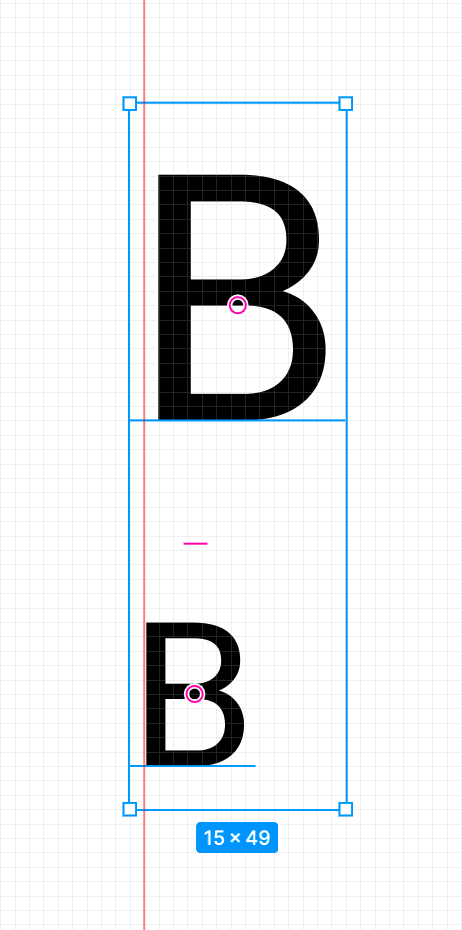-
Notifications
You must be signed in to change notification settings - Fork 644
New issue
Have a question about this project? Sign up for a free GitHub account to open an issue and contact its maintainers and the community.
By clicking “Sign up for GitHub”, you agree to our terms of service and privacy statement. We’ll occasionally send you account related emails.
Already on GitHub? Sign in to your account
[css-text][css-fonts] Optical bounds of a line #5466
Comments
|
Agreeing in general that this needs to be a) allowed b) mentioned c) controllable. However typographically, optical alignment is unrelated to kerning so putting it in there would be confusing. ( d see the argument, but think it is a weak analogy). Rather, it is part of text alignment so should be a modifier on the effect of |
|
@svgeesus It definitely doesn't belong with the alignment properties. They're about how we align a thing within its container, not how we measure the thing we're aligning. You're referring to this as "optical alignment" but really it's about using the optical “bounds” of the glyph: where is the line that, in a block of text of the same font/size, would optically coincide with the edge? This might not be considered "pairs kerning", but it is about kerning--about the glyph projecting beyond its allotted space. (Also, I think true optical alignment would have to consider also the relative sizes of the actual text being aligned; I suspect optically left-aligning a “W” that's 3x the text above and below it would use different coordinates than if the text was all the same size.) |
|
Hi there, I asked the question on the Medium article, thanks so much for considering this! My hacky solution to this has been to manually calculate the distance (in Ex units) between the Em box’s left edge and a straight-edged character (such as H or B), and create a Where the problem manifests itself most is when you have multiple text sizes, e.g. a heading, subhead and paragraph. If they're all using the same font you'd expect them to create a straight edge when aligned left or right, but currently they don't. In that sense, this feels like an alignment bug, though under the hood it may be a kerning-related calculation. |
|
Hmm, I'm seeing a comment in email by @khaledhosny which is not showing up on the page here. |
|
@khaledhosny wrote:
|
|
Here’s a demo I made on the issue a few years ago, and referred to on the MPEG-OTSPEC list earlier this month. It seems reasonable to expect all of the H’s, both large and small, to be left-aligned by default. https://www.axis-praxis.org/tests/sidebearings/test-20170316.html Look at the third example, set in a special version of the Source Sans font with optically zeroed sidebearings and spaced with CSS My proposal was that fonts can be made with glyph sidebearings aligned to optical left and optical right bounds (just as glyphs are aligned to the font’s baseline and cap-height). In CSS terms it’s like removing horizontal padding. Then, spacing can be applied via one of:
Back in 2013, Cameron Booth on his Transit Maps blog published a good tutorial on dealing with the issue in Illustrator:
BTW, making the above tests alerted me to be a bug or an underspecification, such that CSS |
@SashimiEthan forwarded a question about getting visual alignment at the start/end of the line see testcase and diagram:
 :
:
Turns out there's an OpenType feature for this (at least, in horizontal text), which is expected to be on by default. Should we note this in the spec or something?
https://docs.microsoft.com/en-us/typography/opentype/spec/features_ko#tag-opbd
If we want control over it, I'd suggest adding to the
font-kerningproperty: it's effectively kerning with respect to the start/end edge.The text was updated successfully, but these errors were encountered: